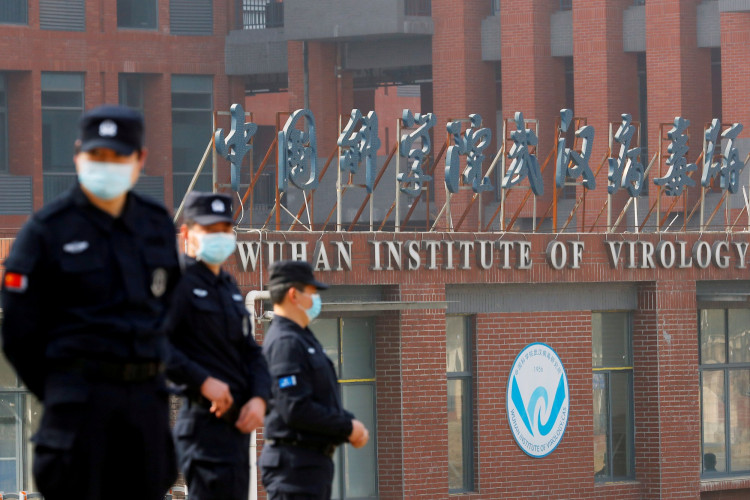Scientists are taking samples from bats in northern Cambodia in order to better understand the COVID-19 pandemic, revisiting a place where a virus that is quite similar to COVID-19 was discovered in the animals more than ten years ago.
In 2010, two horseshoe bat samples were collected in Stung Treng province near Laos and stored in freezers at the Institut Pasteur du Cambodge (IPC) in Phnom Penh.
Last year, tests found that they were infected with a virus that is closely related to the coronavirus, which has killed over 4.6 million people worldwide.
"We hope that the result from this study can help the world to have a better understanding about COVID-19," field coordinator Thavry Hoem told Reuters.
Pathogens usually have no symptoms in host species like bats, but they can be deadly if they are transmitted to people or other animals.
Dr. Veasna Duong, the IPC's Head of Virology, said his institute has made four similar missions in the last two years, aiming to learn more about the virus's origins and evolution.
Ebola and other coronaviruses, such as Severe Acute Respiratory Syndrome (SARS) and Middle East Respiratory Syndrome (MERS), are deadly viruses that are spread by bats.
However, according to Duong, humans are to blame for COVID-19's disaster because of human meddling and loss of natural habitats.
According to Julia Guillebaud, a research engineer at the IPC's virology unit, the French-funded project will also look into how the wildlife trade may be involved.
The subject of where and how the COVID-19 virus evolved has become particularly heated, with some leaders blaming a hypothetical breach from a pathogen-research lab in Wuhan, China.
There has been no evidence to back up the lab-leak theory.
One study, funded by the National Institute of Allergy and Infectious Diseases in the U.S., builds on evidence that bats are the primary hosts for viruses such as SARS-CoV-2, the virus that causes COVID-19, and that people who live near their roosts are particularly vulnerable.
Experts concur that the approach proves the notion of a systematic risk assessment of animal-to-human spillover events and a strategy for identifying critical geographic areas that can be prioritized for targeted wildlife, livestock, and human surveillance.






